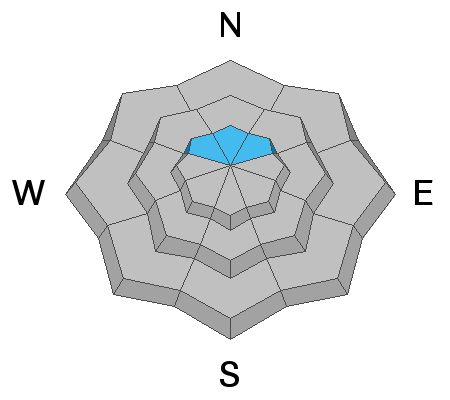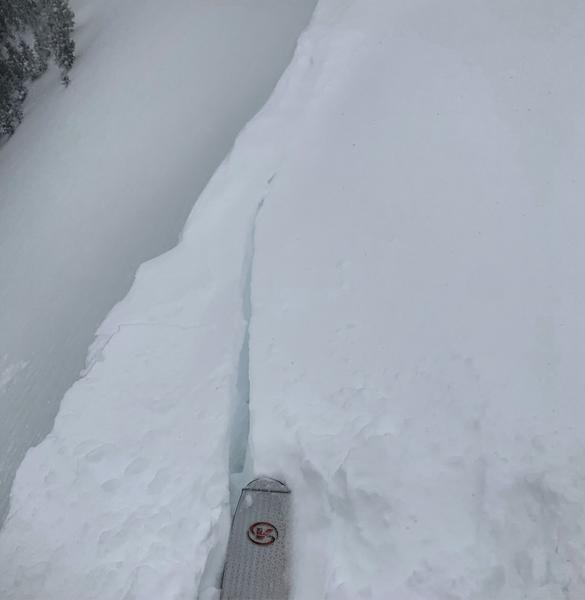Forecast for the Ogden Area Mountains

Issued by Greg Gagne on
Friday morning, December 13, 2019
Friday morning, December 13, 2019
The avalanche hazard is CONSIDERABLE at the upper elevations, and mid-elevations facing northwest, through north, and east where sensitive storm snow and wind drifts can be found. On upper elevation northerly slopes, weak faceted snow down near the ground has been overloaded by the storm snow and wind drifts, where any avalanches may be 2-3' deep.
Avoid being on or underneath slopes steeper than 30 degrees on these mid and upper elevation aspects.
Mid elevation aspects facing west through southeast, and low elevations, have a Moderate avalanche hazard.
Fortunately, the dense snow provides excellent riding conditions on low-angled, wind-sheltered terrain.

Low
Moderate
Considerable
High
Extreme
Learn how to read the forecast here







